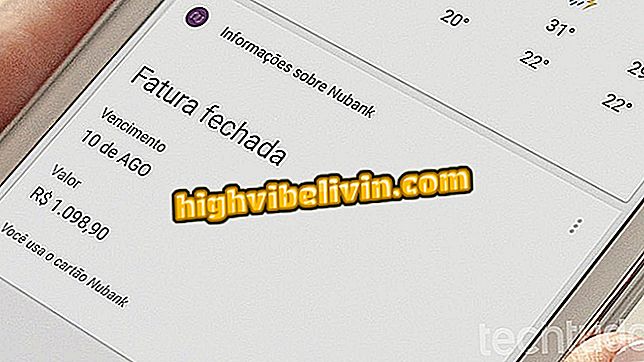Three tips to prevent a virus-infected pendrive from infecting your PC
Devices such as flash drives and memory cards are sources of concern for PC security. Although virus attacks are distributed more frequently via the Internet, according to Kaspersky report in 2018, data shows that about 22.4% of cases of infections are related to USB ports. Therefore, you must take precautions to avoid putting your computer at risk, especially when the pendrive is shared with other people. Here are three ways to increase PC protection against storage with a dubious USB connection.
What is USBHarpoon? Attack places malware on devices over USB cable

USB connections are the second most common form of virus invasion, according to Kaspersky
Want to buy PC, cell phone and other discount products? Know the Compare
1. Disable automatic startup
Windows is programmed to start the contents of an automatically connected pendrive to save time, but the function can disrupt user security if the device is contaminated by malware. Here's how to disable the feature in Windows 10 to protect yourself.
Step 1. Access the PC settings;

Access Windows 10 settings to disable automatic startup
Step 2. Then click on "Devices";

Access the Windows Devices menu
Step 3. In the "AutoPlay" menu, turn off the switch next to "Use AutoPlay for all media and devices";

Turn off automatic playback of content stored on USB devices in Windows
Step 4. An alternative is to leave the main switch on, but select the "No action" option for the "Removable device" and "Memory card" items. In this way, Windows will not change the behavior with other devices connected via USB, such as the cell phone, for example.

Turn off automatic playback only for memory cards and memory cards
2. Use an antivirus for pendrive
There are anti-virus software aimed at protecting your computer against threats carried on USB drives. One of them is USB Disk Security, which works in the prevention of "autorun" malware, executed automatically when the device is connected via USB. It regularly scans newly inserted USB storage devices and clears potential threats.
Step 1. Download and install the program on your computer. At the end of the procedure, just check the "Run USB Disk Security" box and tap "Finish";

Install and start USB Disk Security on your computer
Step 2. When connecting a USB stick to the USB port, the software automatically scans and shows in a notification if there is a threat. Click on the thumb drive to access the files or choose "Safe Mode" to open with caution in a protected environment.

Learn when a connected USB stick is infected with USB Disk Security software
3. Disable the computer's USB ports
For people who use the computer in public places, it may be necessary to take a more rigorous measure in controlling third-party connected pendrives. In this case, one option is to completely disable the machine's USB connections to make sure that only you can decide which device you are allowed to enter.
Step 1. Look in the "Start" menu through "Device Manager" and go to;

Access the Windows Device Manager
Step 2. Go to the arrow next to "USB Controllers" to expand the list. Then right-click on the "USB composite device" items and turn them off one by one. From there, the USB ports will be turned off and can only be used again when performing the reverse procedure in the same option menu. This is a way to prevent the PC from being contaminated by a pen drive without access permission.

Temporarily turn off the computer's USB ports
Ready. Take advantage of the tips and prevent malware from attacking your computer.
What are the best antivirus? Comment on the.

How to choose a good antivirus








